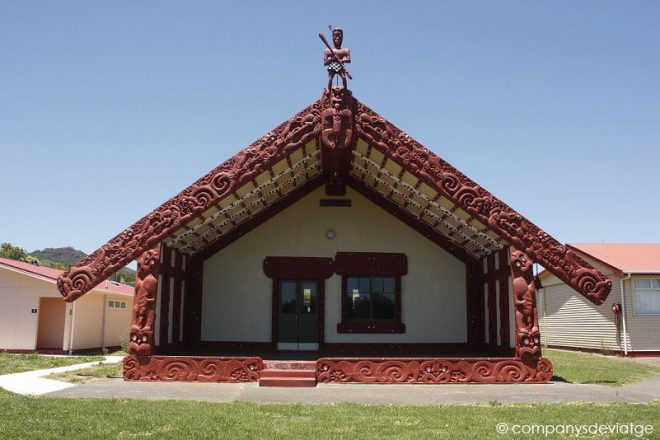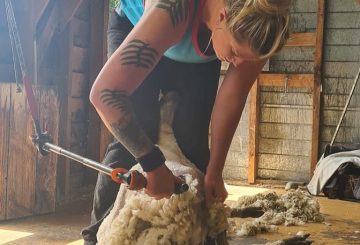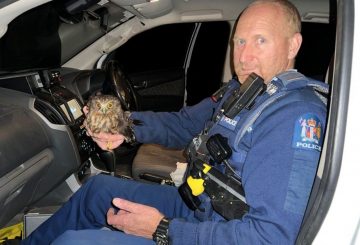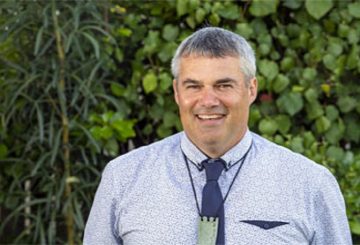Press Release: Te Whanau-a-Apanui
Te Whānau-ā-Apanui and Aotearoa Mussel Limited have joined forces to build a land-based mussel spat hatchery in the Eastern Bay of Plenty, to enhance New Zealand’s growing aquaculture industry.
Te Whānau-ā-Apanui will invest $1.2million in a research and development programme with support from Callaghan Innovation. The programme is scheduled to commence in early September 2020.
Rikirangi Gage, CEO of Te Rūnanga o Te Whānau has assumed a sponsorship role in the project. He said that “the hatchery concept is a perfect fit with a burgeoning mussel industry in New Zealand, particularly within the Eastern Bay of Plenty”.
“Almost all the spat in New Zealand is natural catch from Golden Bay and Kaitaia. The new hatchery will be New Zealand’s second and will double the amount of hatchery spat available for the mussel industry”
Central government has indicated their own vision of New Zealand becoming a world-leader in sustainable and innovative aquaculture. So, with the huge expansion to mussel farming on the horizon for the country, the need for a predictable and well-managed supply chain will be vital. Hatchery breeding provides that certainty and allows us to selectively breed mussels which mature faster and have better resilience to changing global conditions.
“Add to that the advantages of having a hatchery so close to the country’s largest consented open water sea farm, perfect breeding conditions of our own, and the long term vision and values of an iwi business, and that puts us in the perfect position to fill that niche,” Mr Gage said.
The partnership is working with the Cawthron Institute on a three-pronged research programme to provide the foundation for commercial spat-breeding programme and a centre of excellence in the Rohe of Te Whānau-ā-Apanui. With this funding, it is expected the three-year research programme will complement the partnership’s mussel spat hatchery’s investment discussions in the coming months.
“We have an outstanding site. We have fresh water and access to major utilities. The site provides coastal access to sea water within metres of the beach, with mussels already growing on the rocks, metres away. We will also be working closely with MPI, councils for consents and future investors to turn our vision into reality.
“Our focus will be on delivering sustainable, high-quality spat in partnership with iwi which will open up New Zealand’s growth in the aquaculture industry. We’ll be creating employment and wealth in the local community and becoming a centre for excellence in the field. The hatchery will be a big win for Te Whānau a Apanui and for New Zealand aquaculture,” Mr Gage said.
























































-helped-regain-her-strength-and-balance-using-Nymbl-after-a-fall.-660x440.jpg)


